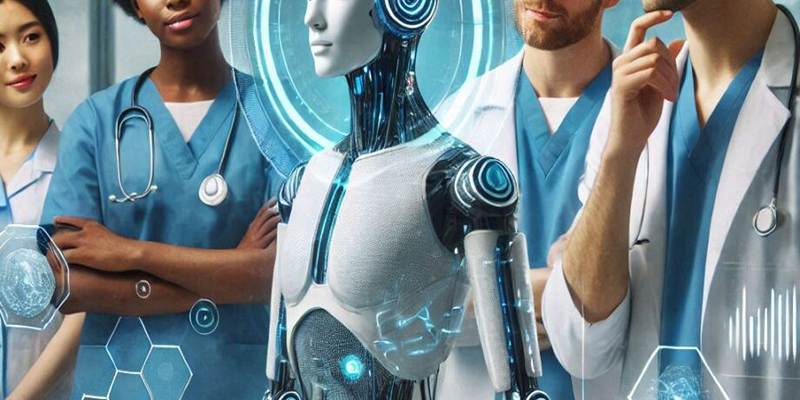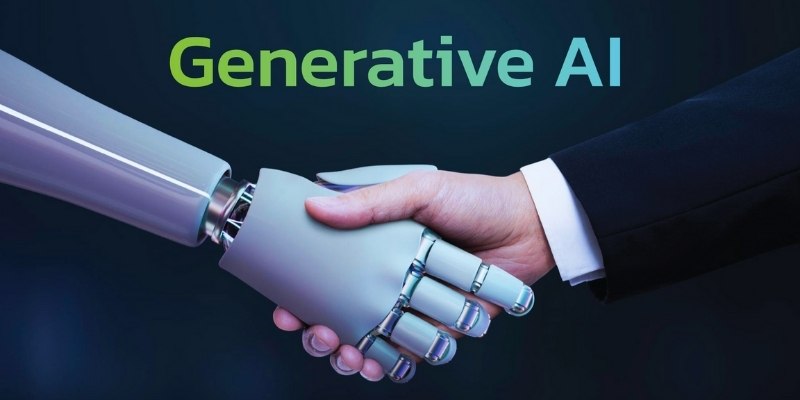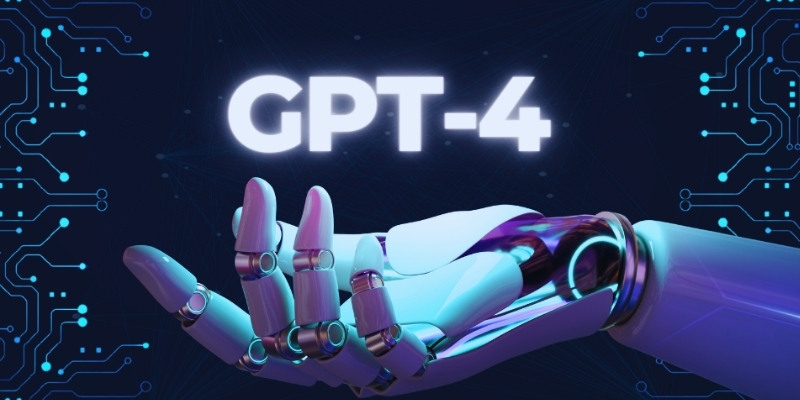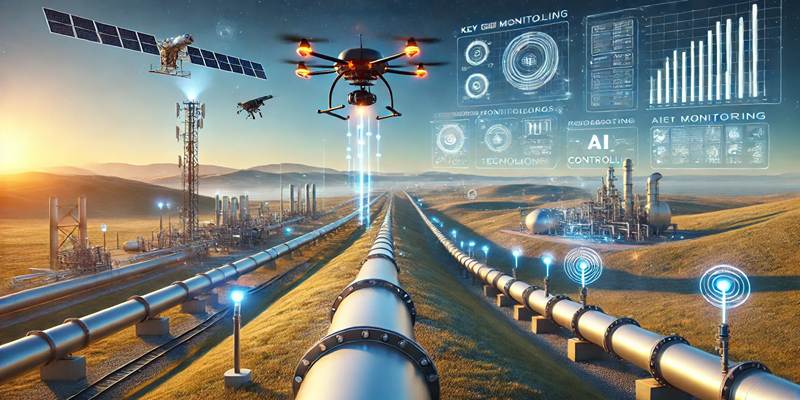Figuring out how to treat cancer effectively is often a long and difficult process. Assembling this involves looking at a huge number of medical pictures, patient records, and genetic information. Artificial intelligence (AI) is now helping to speed up this process, and DINOv2 is one of the most potential tools that is leading the way.
DINOv2 is not a medical device itself. It’s a type of AI model designed to help other systems learn faster and better. When applied to medical imaging, especially in cancer research, DINOv2 is making it easier for researchers and doctors to spot patterns, understand diseases, and develop treatments quicker than ever before.
What Is DINOv2?
Meta, which is Facebook's parent company, made DINOv2 a sophisticated computer vision model. Self-distillation with No Labels is what it means. It is unique because it can learn without named data. It learns on its own by looking at pictures and looking for trends.
This type of learning is known as self-supervised learning. It’s powerful because medical data, especially cancer images like MRIs or CT scans, often lack clear labels or consistent human annotations. DINOv2 fills that gap by learning directly from raw data.
Why AI and DINOv2 Matter in Cancer Research
Cancer treatment starts with detection. That usually involves looking at images like biopsies or scans. However, these images are complex, and even experienced doctors can miss small details.
That’s where AI and DINOv2 step in:
- Faster Image Processing: AI can analyze thousands of images in seconds.
- Better Accuracy: DINOv2 helps spot tiny changes that might go unnoticed.
- Learning Without Labels: It works even when doctors haven’t labeled every image.
- Boosting Early Detection: Finding cancer earlier leads to better treatment options.
How DINOv2 Helps in Cancer Treatment Discovery
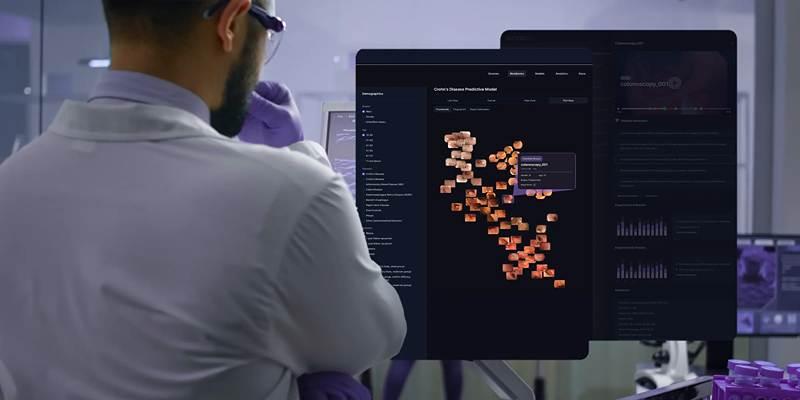
Understanding Complex Medical Images
DINOv2 can "see" structures in medical scans that are difficult for the human eye to spot. For example, it can notice unusual cell shapes or patterns in tumors. It helps doctors:
- Detect cancer earlier
- Classify tumor types
- Predict how a tumor might grow
These insights are crucial when choosing the right treatment.
Training Other AI Models Faster
DINOv2 can create strong image representations. That means it turns an image into a useful data format that other AI systems can understand more easily. When used in cancer research, this means:
- Less time is needed to train models
- More accurate results with smaller datasets
- Ability to work across different types of scans or equipment
This speed and flexibility are a huge help for researchers trying to discover new treatment paths.
Supporting Drug Discovery
Cancer treatment isn’t just about surgery or radiation. It also involves finding new medicines that target tumors at the molecular level. AI models like DINOv2 can assist in:
- Predicting how cancer cells react to certain drugs
- Matching patient profiles with drug responses
- Analyzing how tumors evolve during treatment
It makes it easier for scientists to design personalized medicine plans.
Key Benefits of Using DINOv2 in Medical AI
DINOv2 offers several key advantages in the field of cancer research, making it a valuable tool for accelerating the discovery of new treatments:
- Efficient Learning: DINOv2 can learn from raw data without requiring labeled images, making it adaptable to a wide range of medical data sources. It reduces the dependency on human annotations and enables faster processing of data.
- Scalability: DINOv2’s ability to process vast amounts of data quickly makes it scalable, allowing researchers to analyze large datasets from multiple hospitals and labs.
- Reduced Costs: By automating the process of image analysis and reducing the need for human intervention, DINOv2 lowers the cost of research and treatment development.
- Early Detection: Early detection is key to successful cancer treatment. DINOv2’s ability to spot tumors in their early stages helps doctors provide timely interventions, improving patient outcomes.
Real-World Applications Already in Progress
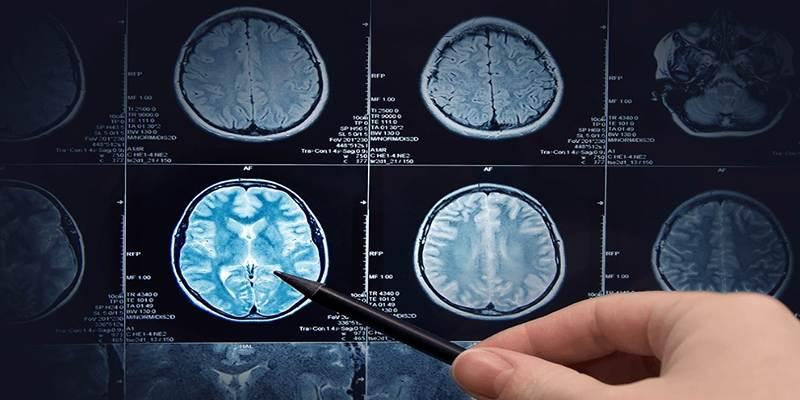
DINOv2 is already making a tangible impact in the world of cancer research. Researchers are using it in various ways to accelerate the discovery of new treatments:
- Medical Image Analysis: Hospitals and research centres are using DINOv2 to assist in the analysis of CT scans, MRIs, and other imaging data. By automating this process, it speeds up the diagnosis and treatment planning, allowing doctors to focus more on patient care.
- Tumor Segmentation: DINOv2 is being used to segment tumors in medical images, providing precise measurements of tumor size and location. It is crucial for planning surgeries or determining radiation therapy doses.
- Drug Response Prediction: Researchers are using DINOv2 to predict how different drugs will affect cancer cells. It is particularly useful for personalized medicine, where treatments are tailored to the specific genetic makeup of a patient’s tumor.
- Genomic Analysis: By combining medical imaging with genetic data, DINOv2 is helping scientists identify correlations between tumor genetics and treatment responses, leading to the development of more effective targeted therapies.
Challenges and What’s Next
While DINOv2 shows huge promise, it’s not without challenges:
- Data Privacy: Medical images need strong protections.
- Clinical Approval: AI tools must be tested before being used in hospitals.
- Bias and Fairness: AI models need to work well for all patients, regardless of background.
- Human-AI Collaboration: Doctors must trust and understand AI decisions.
Still, the outlook is bright. With ongoing research and testing, AI tools like DINOv2 could soon become part of everyday cancer care.
Conclusion
In conclusion, DINOv2 and AI are making significant strides in accelerating cancer treatment discovery by improving the speed and accuracy of medical image analysis. By identifying patterns in images and predicting tumor behavior, these technologies enable faster diagnoses and more personalized treatment plans. The integration of AI in cancer research also holds the potential to shorten drug discovery timelines, offering hope for more effective therapies. Although challenges remain, the future of AI in oncology is promising.




